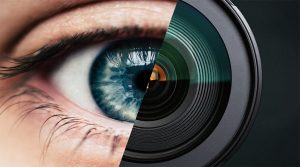Explore iMotions’ guide to Eye Tracker prices in 2025 featuring over 15 research grade eye tracking products. This resource aids researchers in selecting the ideal eye tracking solution for their needs.
Table of Contents
- Understanding Eye Tracker Accuracy and Pricing Differences
- Comparing Budget-Friendly and Premium Eye Trackers
- Best Entry-Level Eye Trackers [$100-$1,000] for Budget-Friendly Research
- Best Mid-Range Eye Trackers [$1,001-$10,000] for Reliable Performance and Versatile Applications
- High-End Eye Trackers [$10,001+] for Advanced Research and Precision Applications
- Download 2 Free Eye Tracking E-Books
- Eye Tracking
- Eye Tracking Glasses
- Webcam Eye Tracking
- Conclusion
Eye tracking technology has vastly improved in recent years, as well as the eye tracker prices, resulting in the development of both more advanced and more accessible hardware. As with most products, a larger difference exists between the low- and high-end hardware on the market and the companies producing them.
In this article we will take a look at the different eye tracker systems available for purchase with your iMotions license, and what the general eye tracker price ranges are, so that by reading this article readers will be well informed on what to choose when starting eye tracking research, or if they are looking to upgrade.
Understanding Eye Tracker Accuracy and Pricing Differences
A majority of the difference in price will come down to the eye tracker’s accuracy, freedom of movement (the “headbox”), and the sampling rate. Some research questions require a very high measurement accuracy (e.g. 0.1°), while other researchers may require less (e.g. 1.0°). While the hardware’s capabilities are crucial, many other factors come into play such as the accompanying software, usability, support, and general compatibility with other systems.
In this post, we’ve gathered the prices of 15+ eye trackers from our industry-leading partners such as Smart Eye, Varjo, and Pupil Labs, to quickly present an overview of the price points you may encounter on your journey to purchasing an eye tracker with iMotions.
Comparing Budget-Friendly and Premium Eye Trackers
It is difficult to put an average price on a piece of eye tracking hardware with prices ranging from just under $1000 to more than $70.000. A good rule of thumb is that screen-based eye trackers are at the low end of the range, VR headsets are in the middle, and eye tracking glasses are usually at the top of the range. Some of the prices overlap etc. However, it is important to keep in mind that it all depends on the capabilities you require to answer the questions you’re after
The lack of 100% transparency in pricing is due to several reasons – level of public availability, pricing being subject to academic discounts, and general price fluctuation. Both screen-based eye trackers, eye tracking glasses, and VR eye trackers are listed together below.
If you’re looking at more than just the price to decide which eye tracker to get, then try out our tool to help you decide which eye tracker is right for you.
iMotions is the trusted reseller of the brands of eye tracking hardware mentioned in this article. If you are looking to enhance your eye tracking capabilities, our solutions teams are ready to help you choose the eye tracking hardware that best fits your needs.
In the following section, we have compiled a list in three brackets each corresponding with different ranges of eye tracker prices.
Best Entry-Level Eye Trackers [$100-$1,000] for Budget-Friendly Research
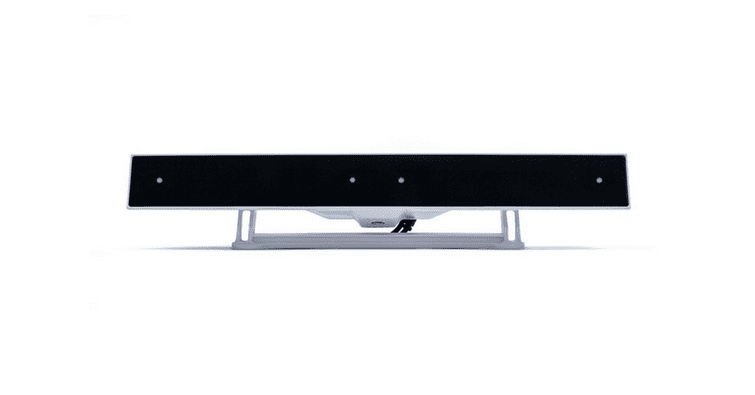
There are a limited number of eye trackers available at this price range due to the nature of the cost associated with building eye tracking hardware.
Low-end eye trackers are generally not recommended for advanced research (although this largely depends on the research question) but are great to help get a better understanding of the technology and data collection.
- GazePoint GP3 – 60 Hz (hardware only)
Best Mid-Range Eye Trackers [$1,001-$10,000] for Reliable Performance and Versatile Applications
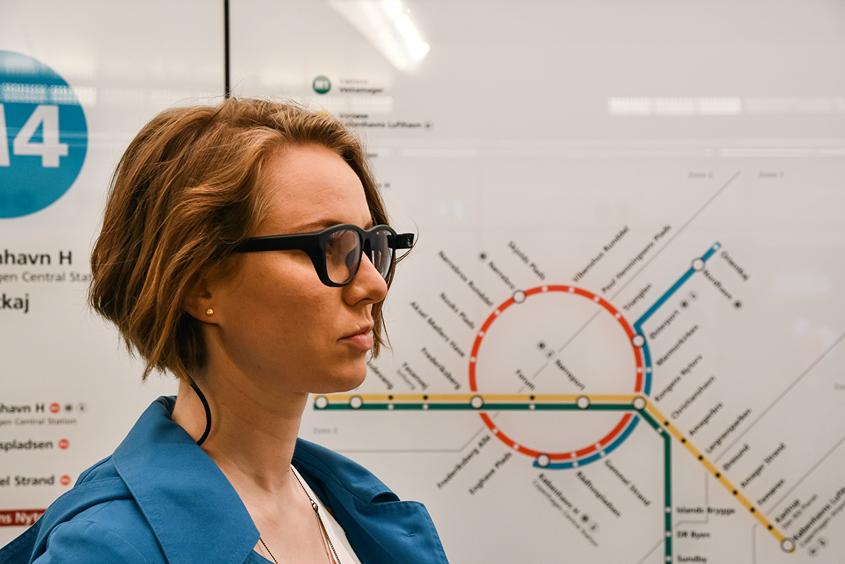
The eye trackers within the $1.001 to $10.000 price range are, for certain research questions, more than adequate and provide good value for those with a budget in that range. They are particularly well-suited for application areas like neuromarketing, UX/UI testing, sports tracking, and educational research, where good accuracy and reliability are sufficient to gain meaningful insights into visual attention and behavior.
- GazePoint GP3 HD 150 Hz
- EyeTech VT3 mini – 40 / 60 Hz
- HTC Vive Pro Eye
- Pupil Labs Core
- Neon by Pupil Labs
- Smart Eye AI-X
- Smart Eye Aurora – 60/120Hz
- Varjo VR-3
- Varjo XR-3
- Varjo XR4
- Varjo XR4 – Focal Edition
High-End Eye Trackers [$10,001+] for Advanced Research and Precision Applications
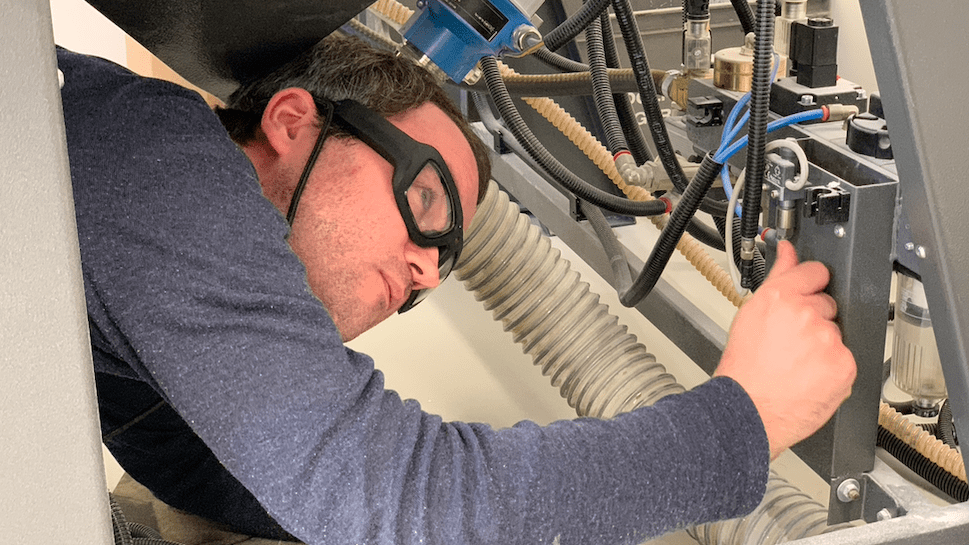
This section is where you will find the top-of-the-line eye trackers suitable for high-end commercial and academic use.
Eye trackers of this caliber are typically used by organizations with advanced research objectives that demand high accuracy, precision, stability, and usability.
These devices excel in application areas like automotive and aviation testing, clinical research, and cognitive neuroscience, where the highest level of detail and reliability is essential for meaningful outcomes.
Download 2 Free Eye Tracking E-Books
To get a complete overview of how to utilize your eye tracking system, download our complete eye tracking, and eye tracking glasses pocket guides below!
Eye Tracking
The Complete Pocket Guide
- 32 pages of comprehensive eye tracking material
- Valuable eye tracking research insights (with examples)
- Learn how to take your research to the next level
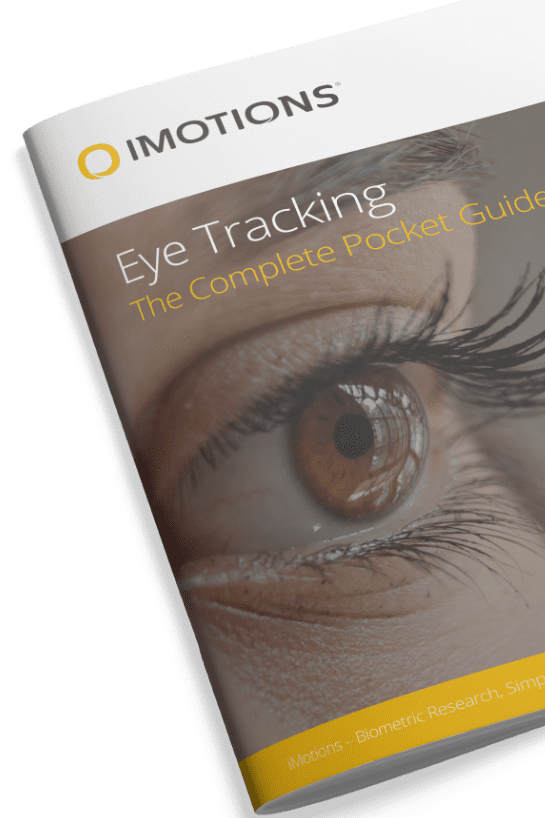
Eye Tracking Glasses
The Complete Pocket Guide
- 35 pages of comprehensive eye tracking material
- Technical overview of hardware
- Learn how to take your research to the next level
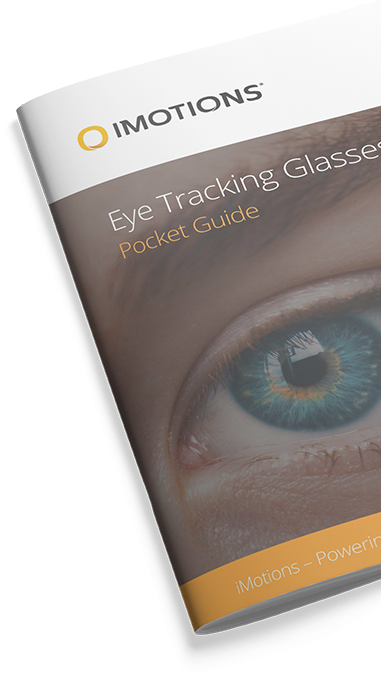
Webcam Eye Tracking
Eye tracking systems vary widely in price and suitability for different research needs. However, all traditional eye trackers share a limitation: they accommodate only one user at a time.
For a scalable, quantitative alternative, Webcam Eye Tracking offers a flexible solution. Using just a participant’s webcam, this cloud-based tool eliminates the need for dedicated hardware, making it highly scalable and accessible worldwide.
iMotions provides webcam eye tracking through the iMotions Online for Education platform and the Remote Data Collection extension in the iMotions Lab software. These tools feature integrated study builders, enabling seamless setup, distribution, and global data collection with just a few clicks.
For details on the accuracy of iMotions’ proprietary webcam eye tracking, review our validation study. To see how it compares with screen-based systems, explore our internal accuracy test and download the whitepaper for more insights.
Conclusion
I hope you’ve enjoyed our overview of the price points in the world of eye tracking hardware. The next step after considering eye tracking hardware is which software should complement it. iMotions allows you to get the most value by helping you future-proof your setup as well as providing the possibility to add more sensor modalities, such as facial expression analysis, galvanic skin response, EEG, and ECG.
Eye Tracking Screen Based
Measure visual attention on monitors and mobile devices with the screen-based eye tracking module.
See Features Now






